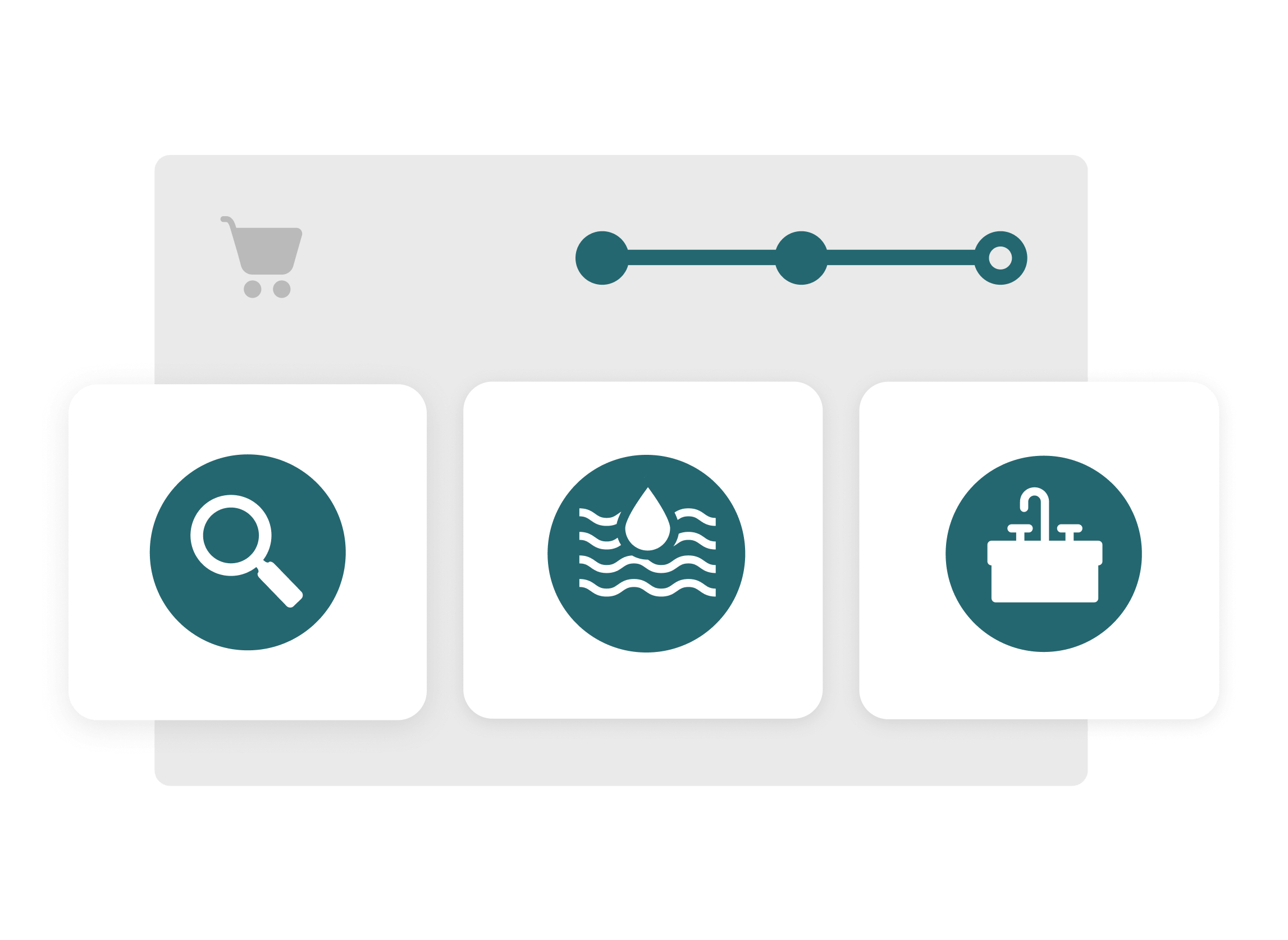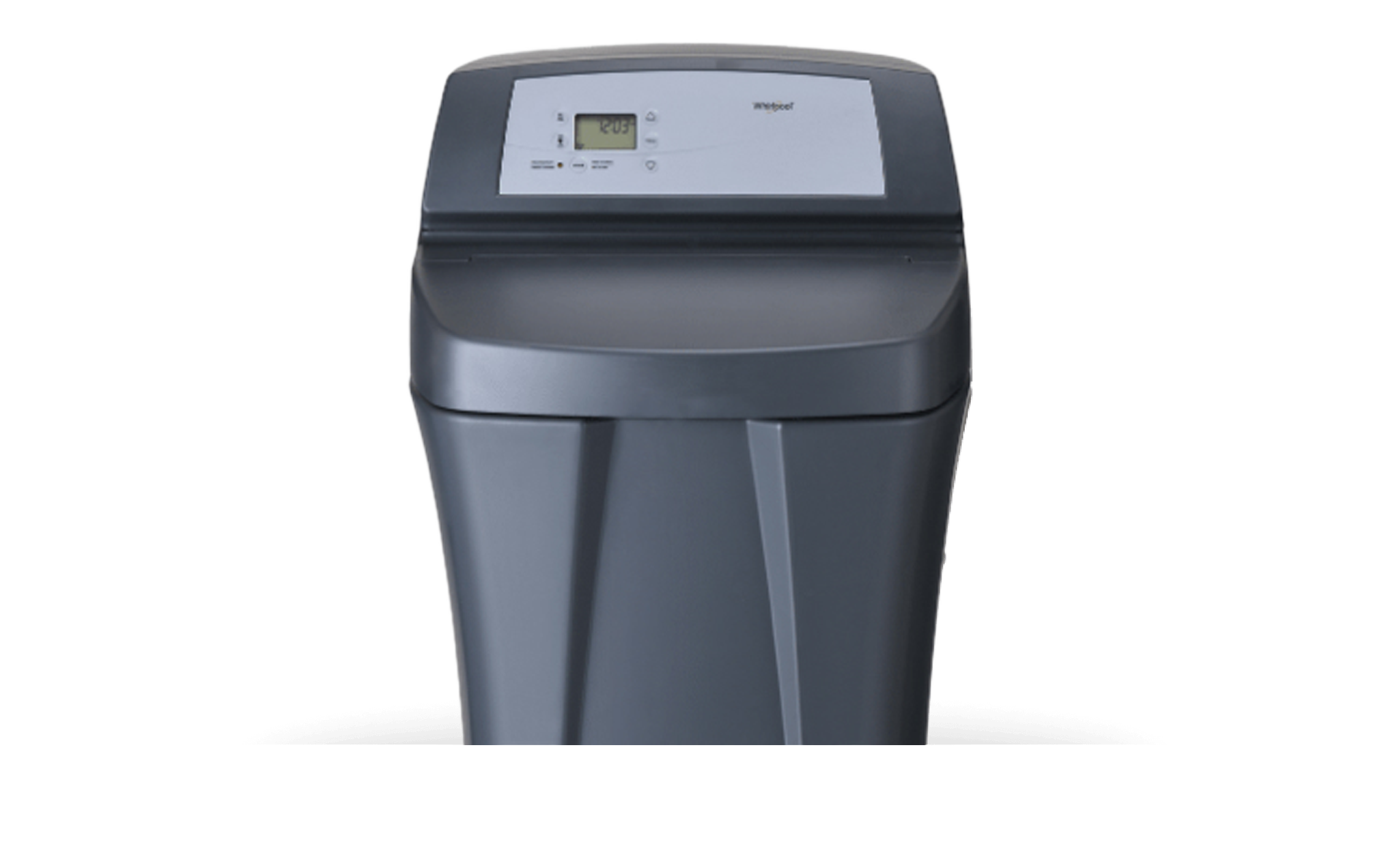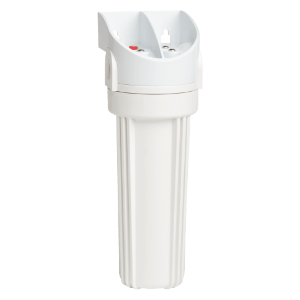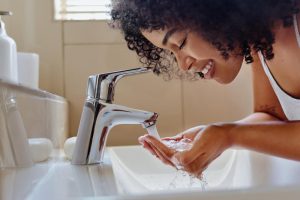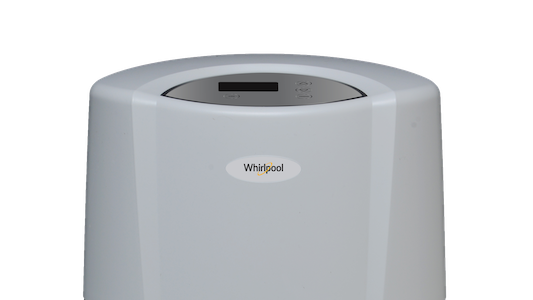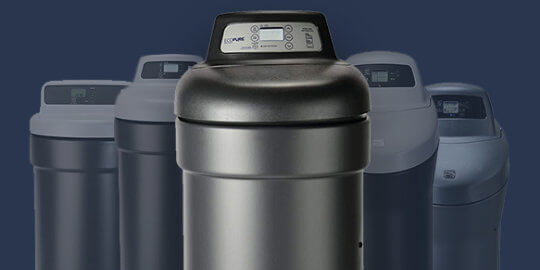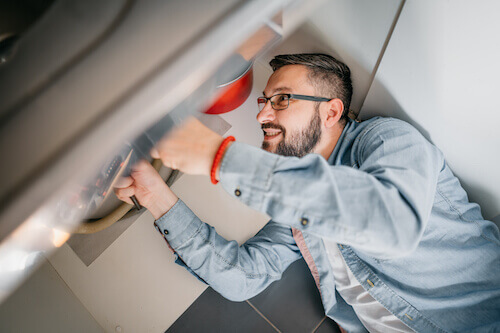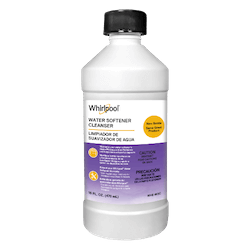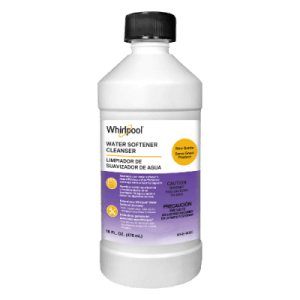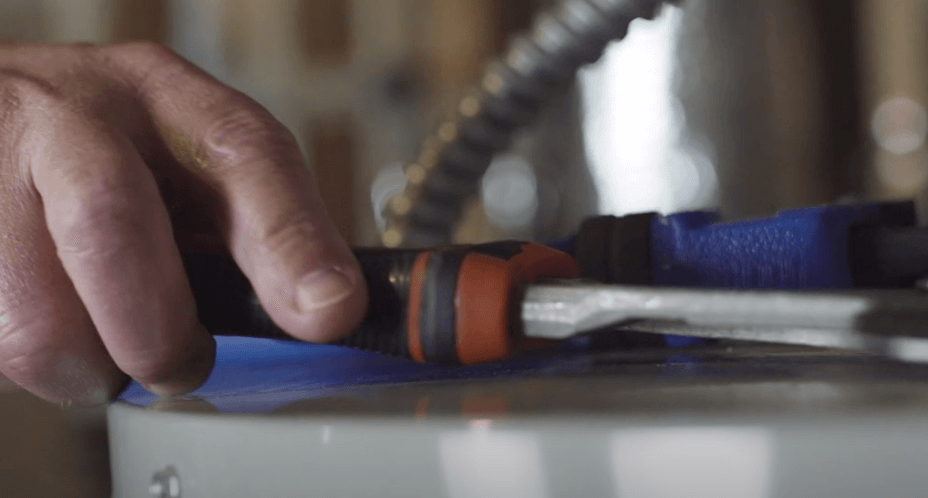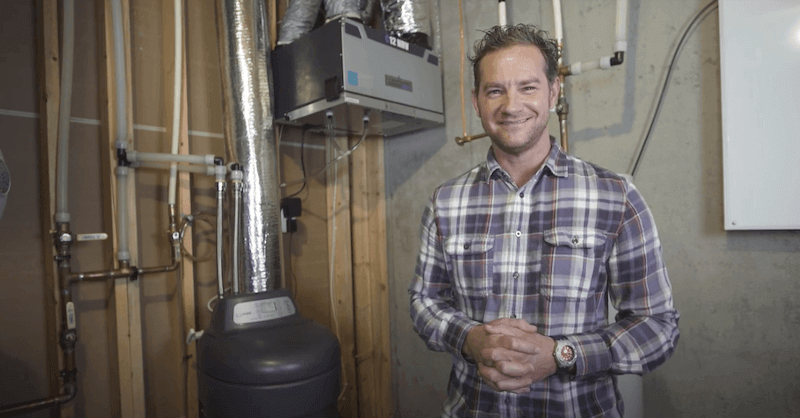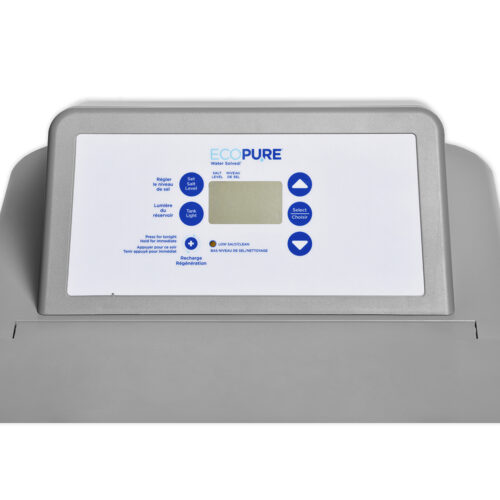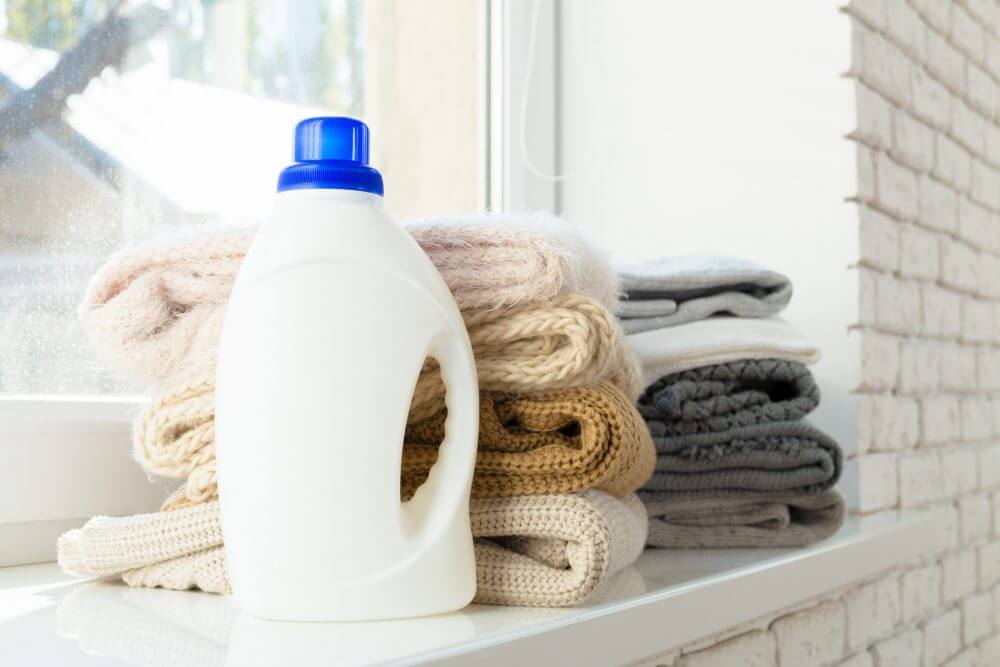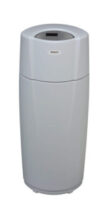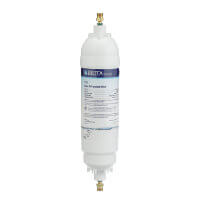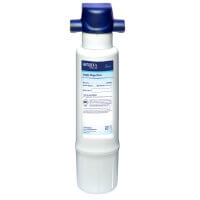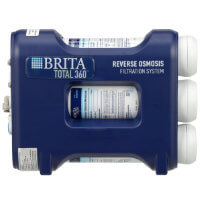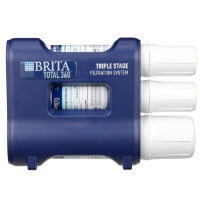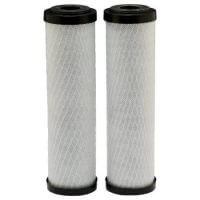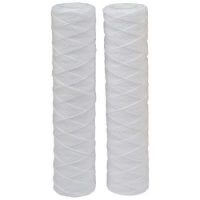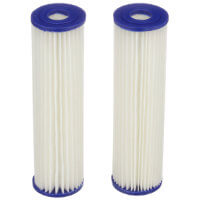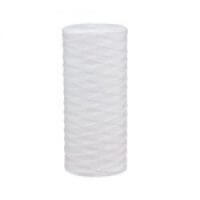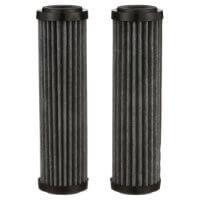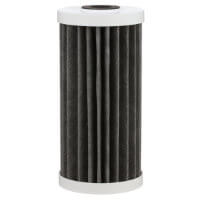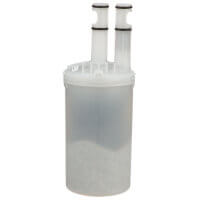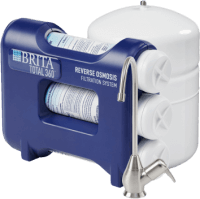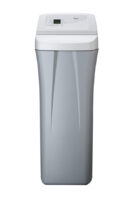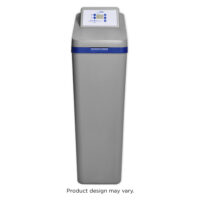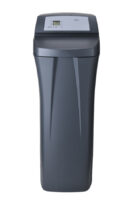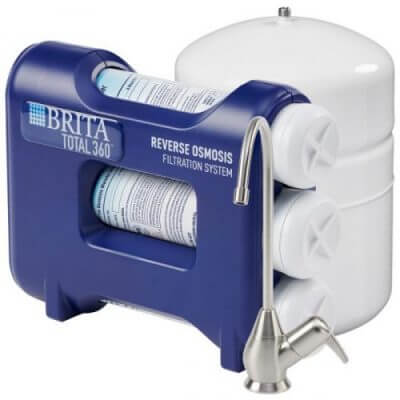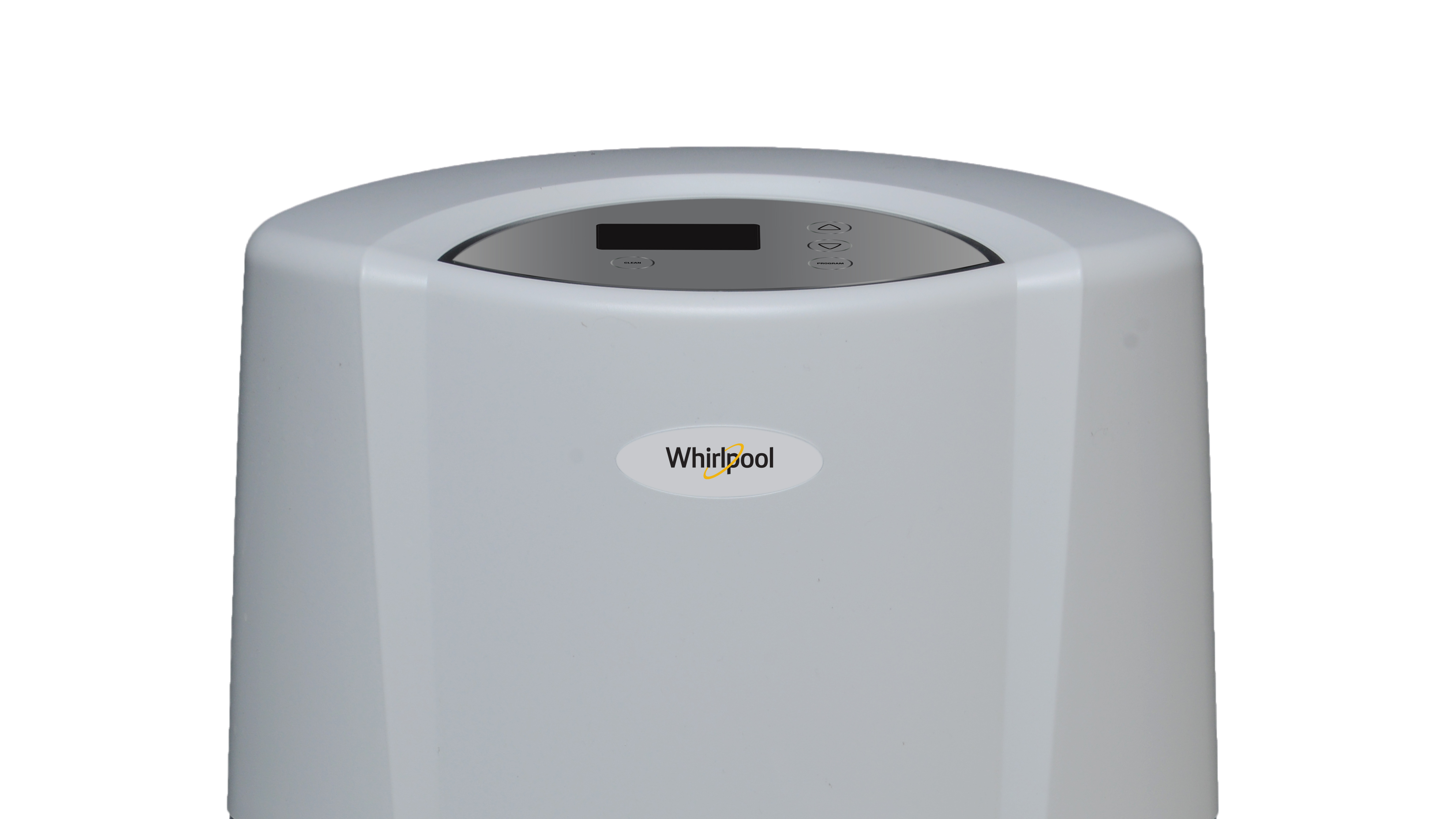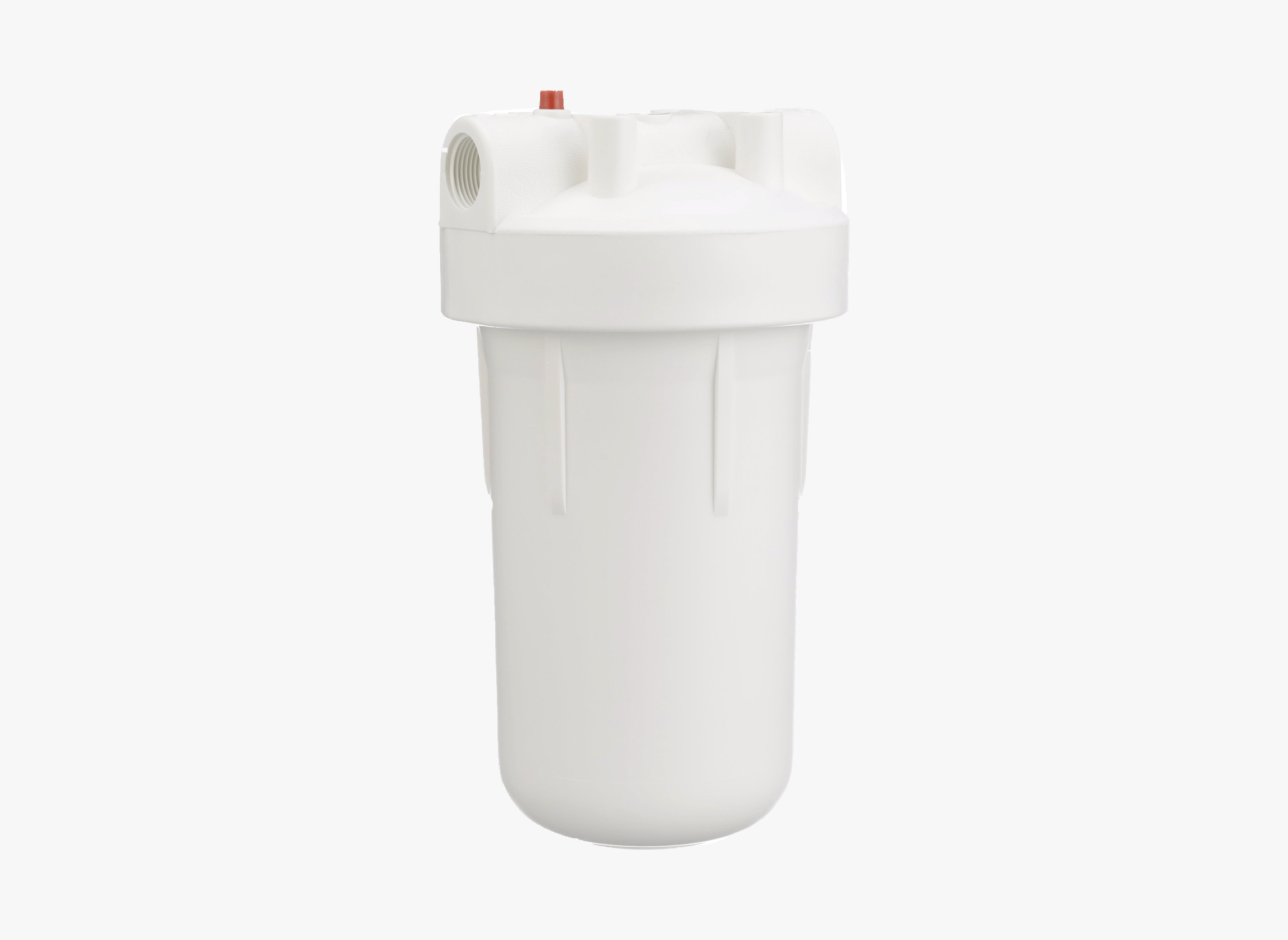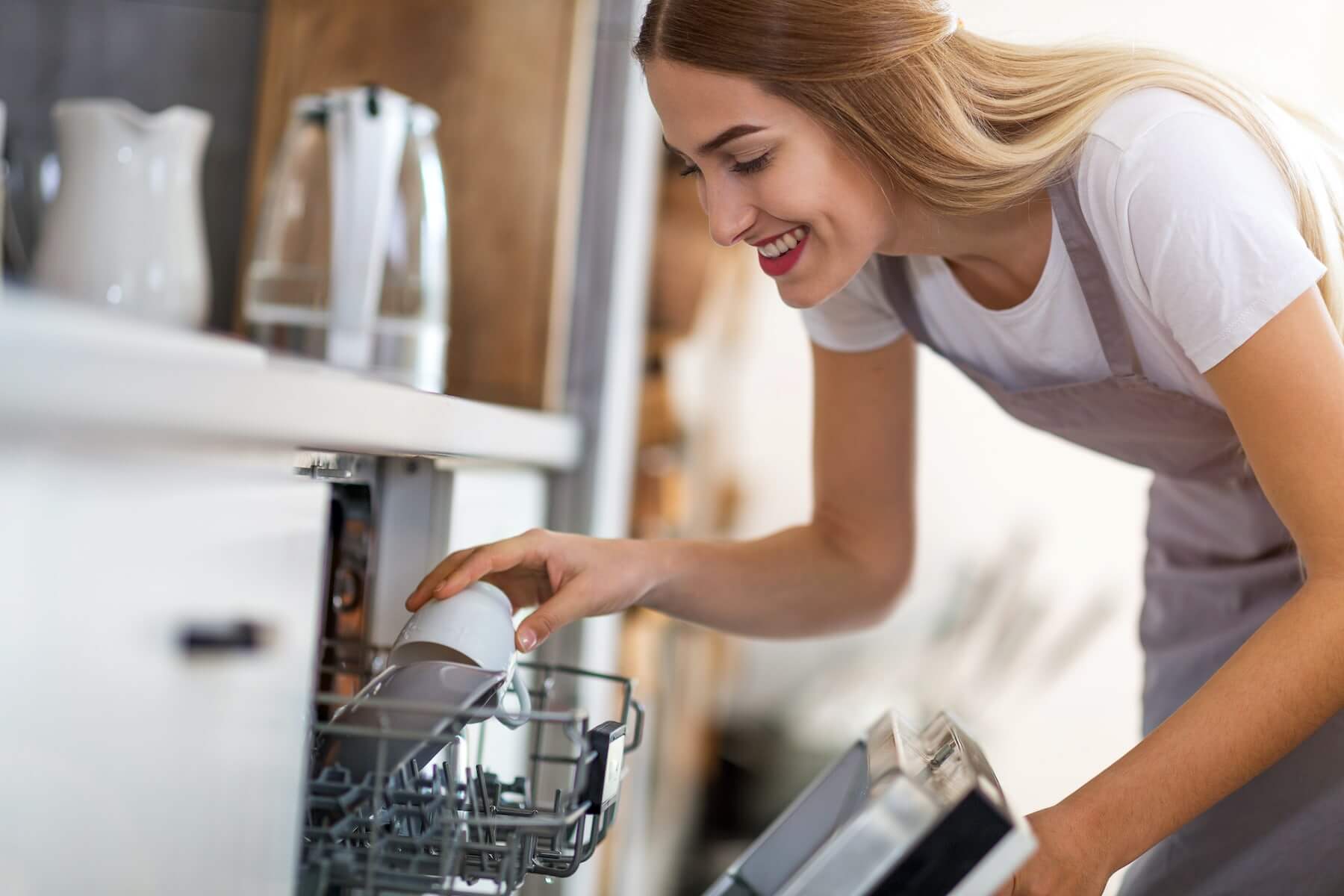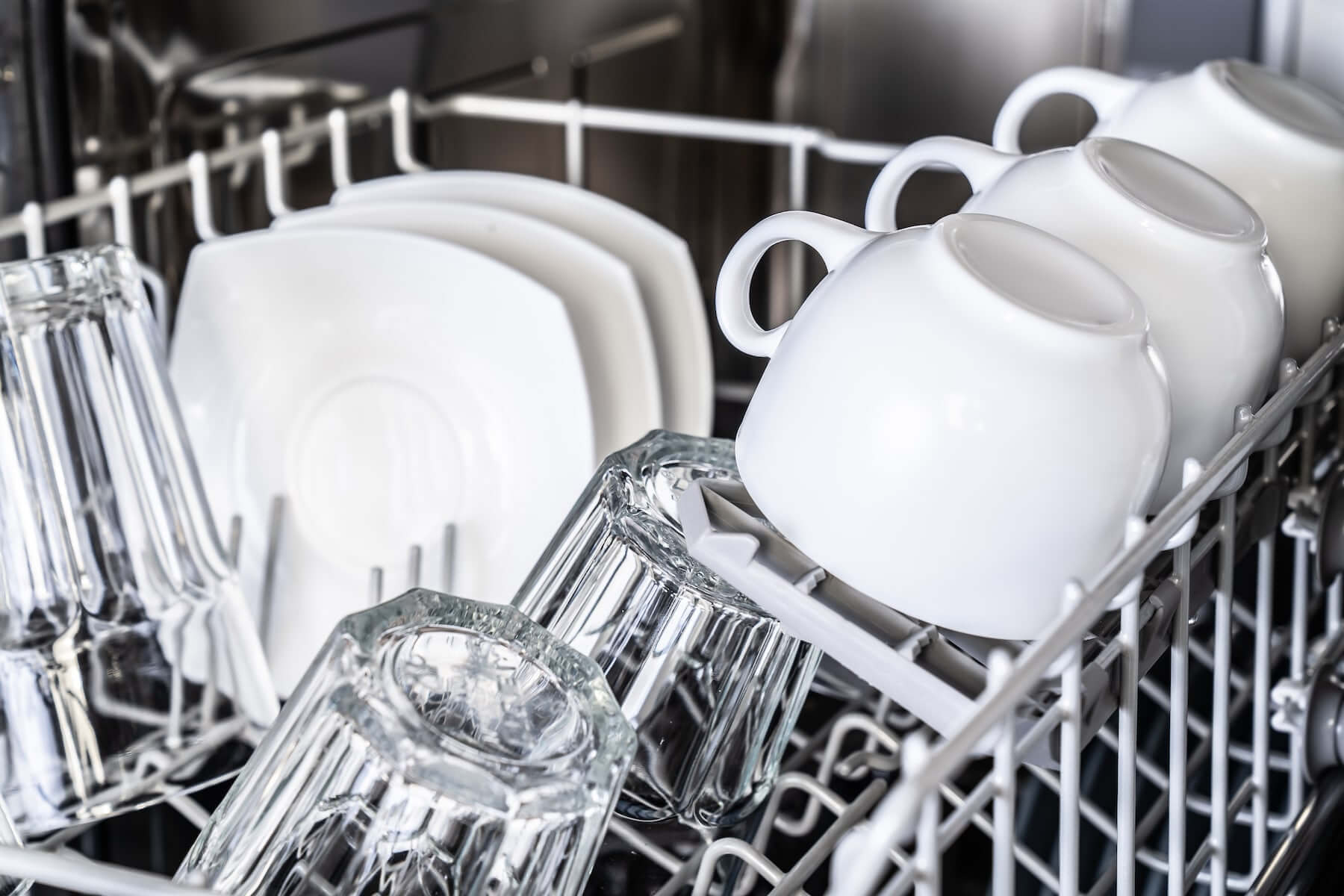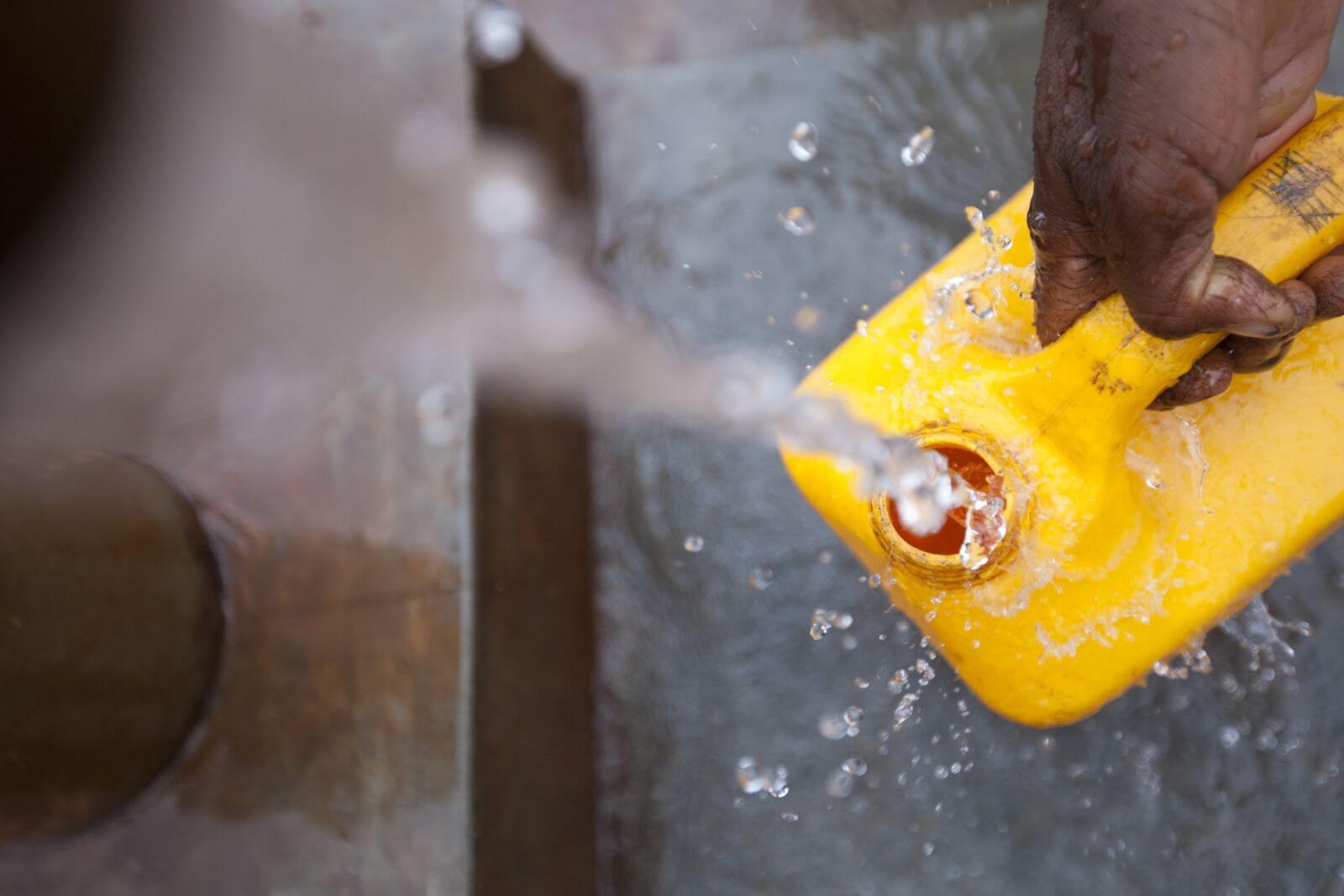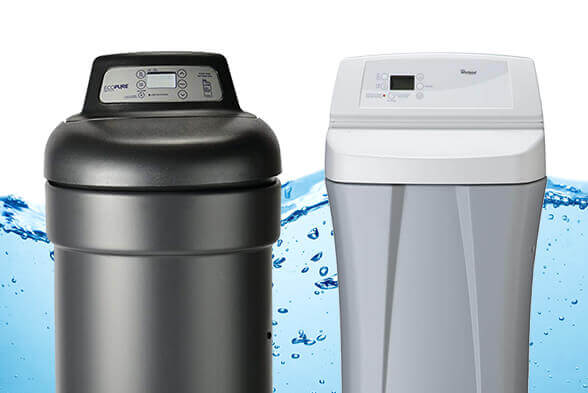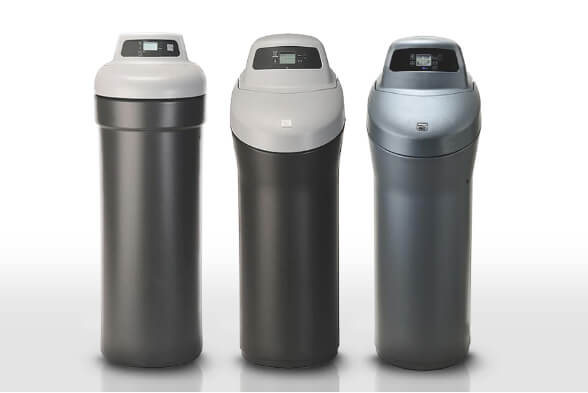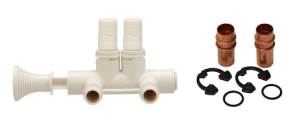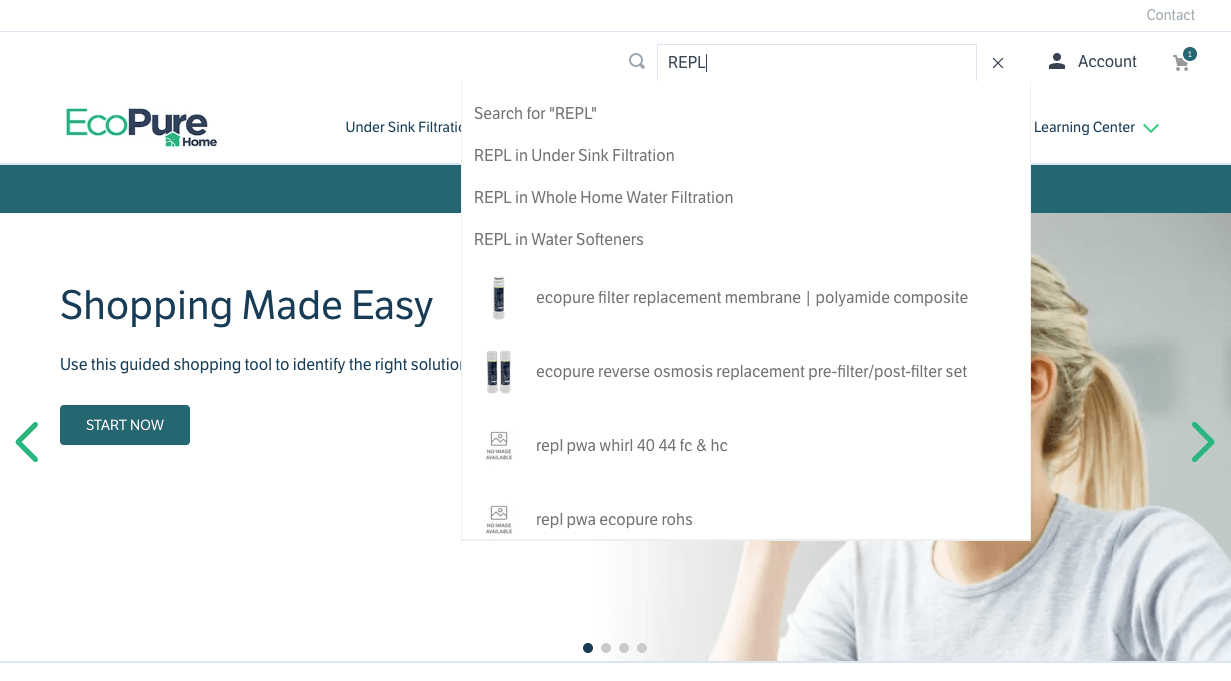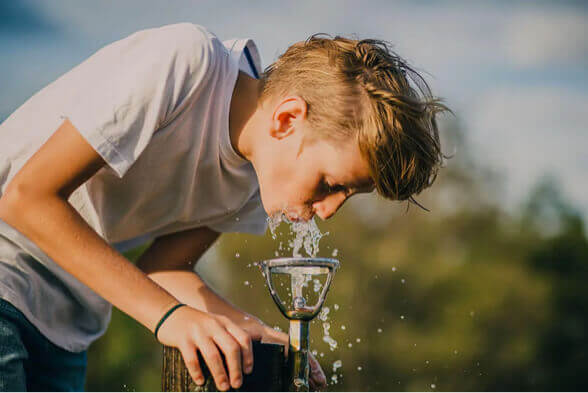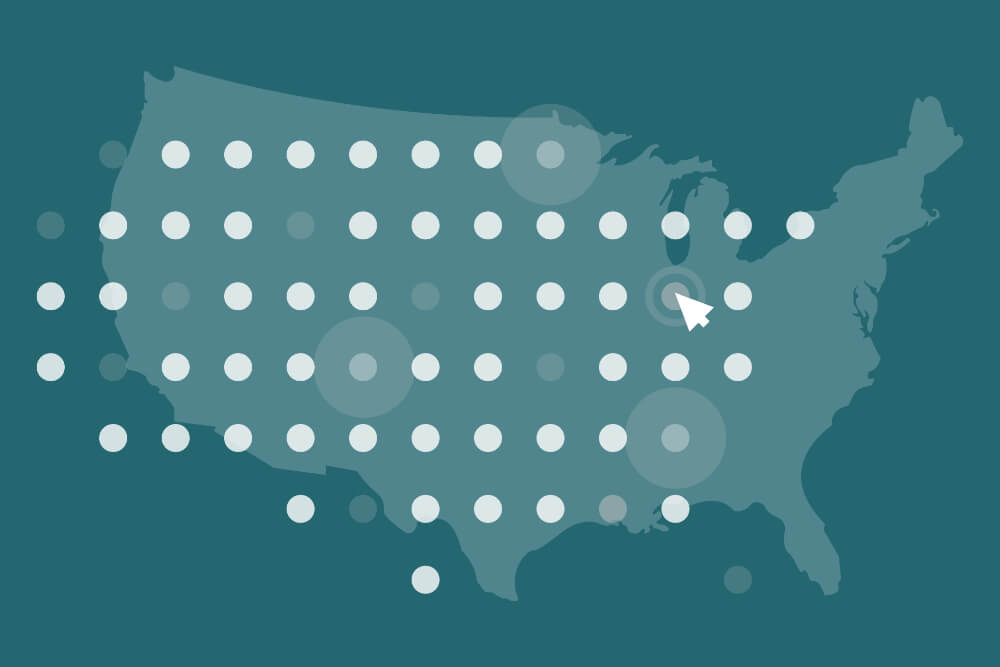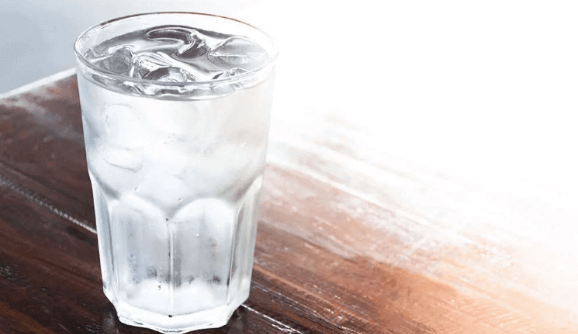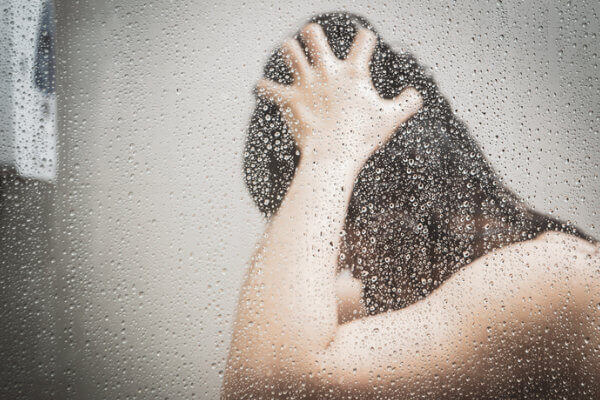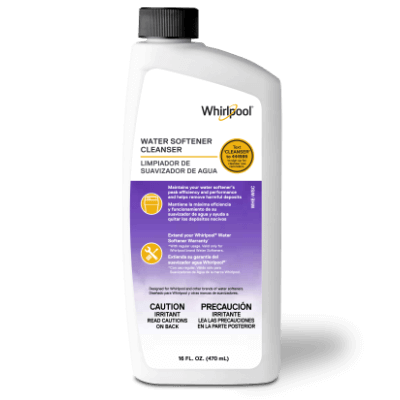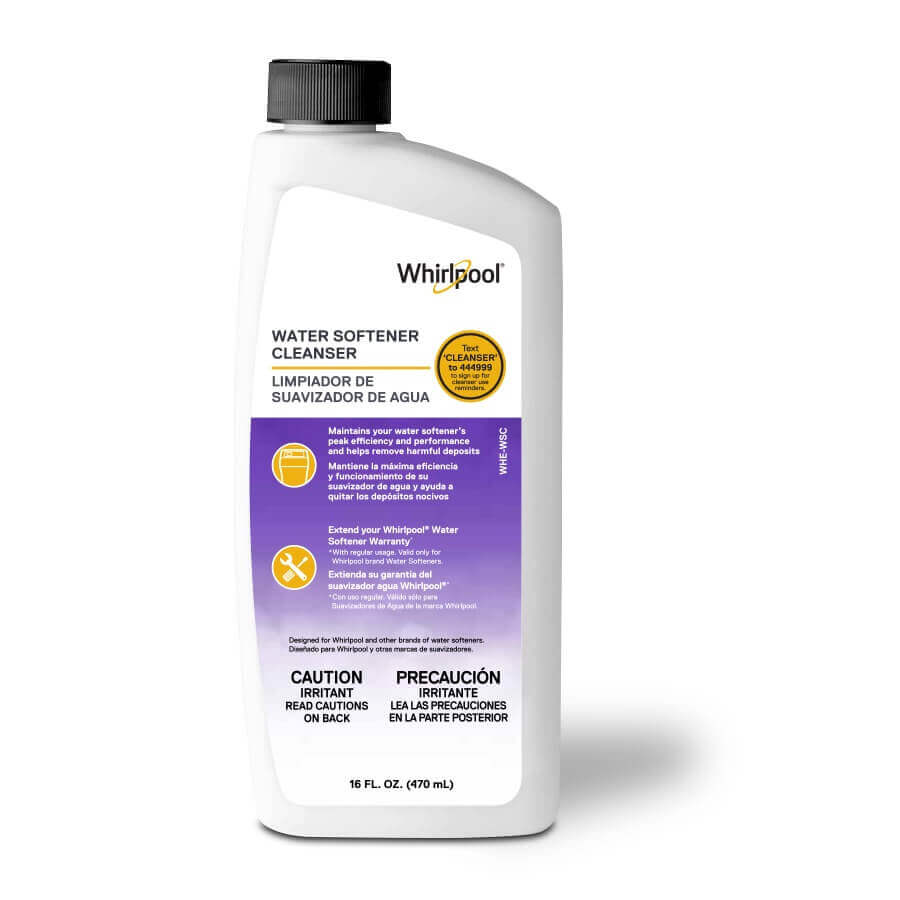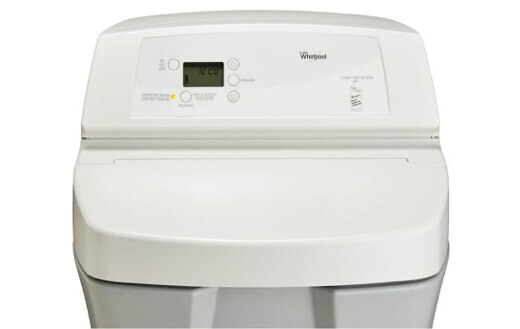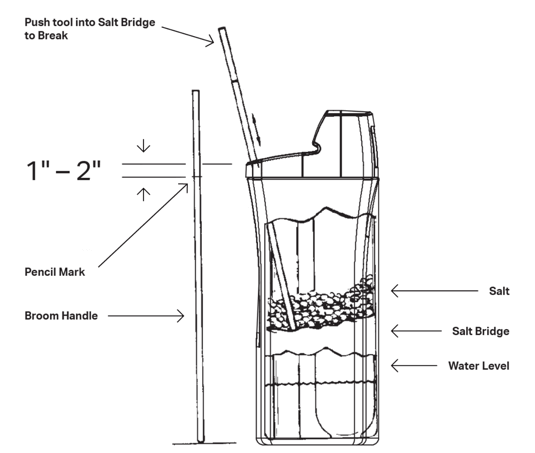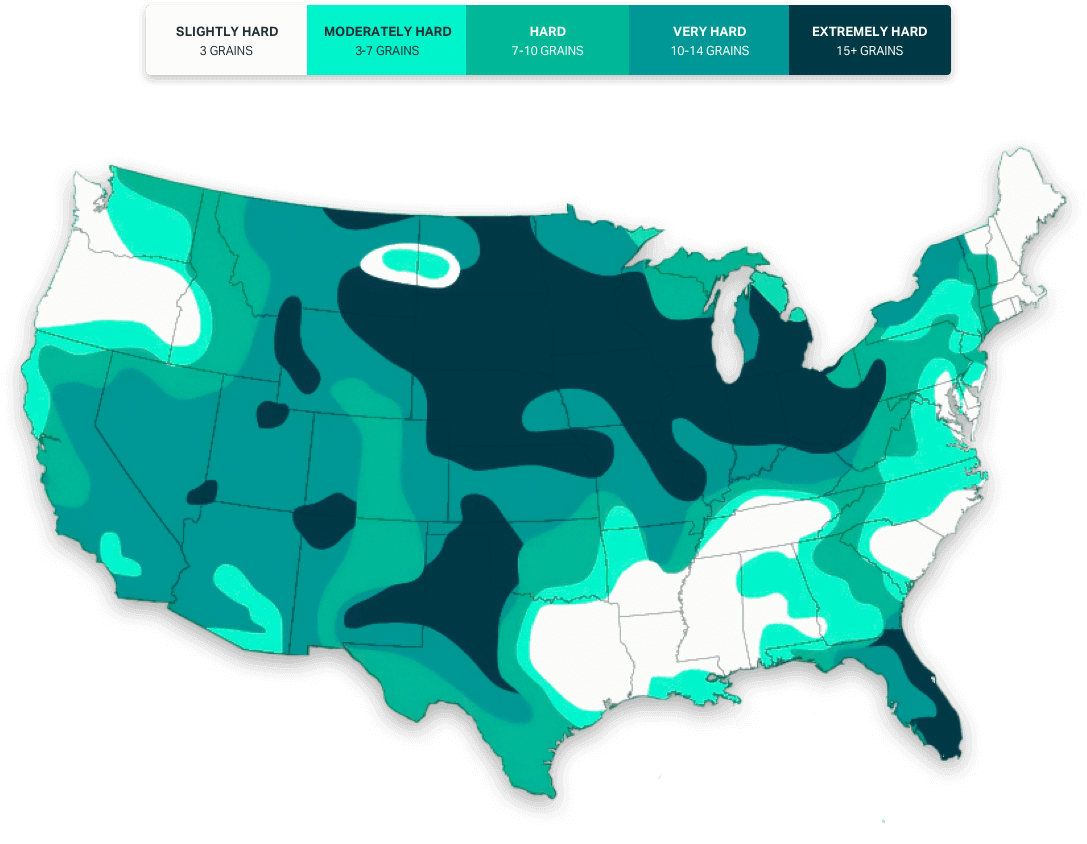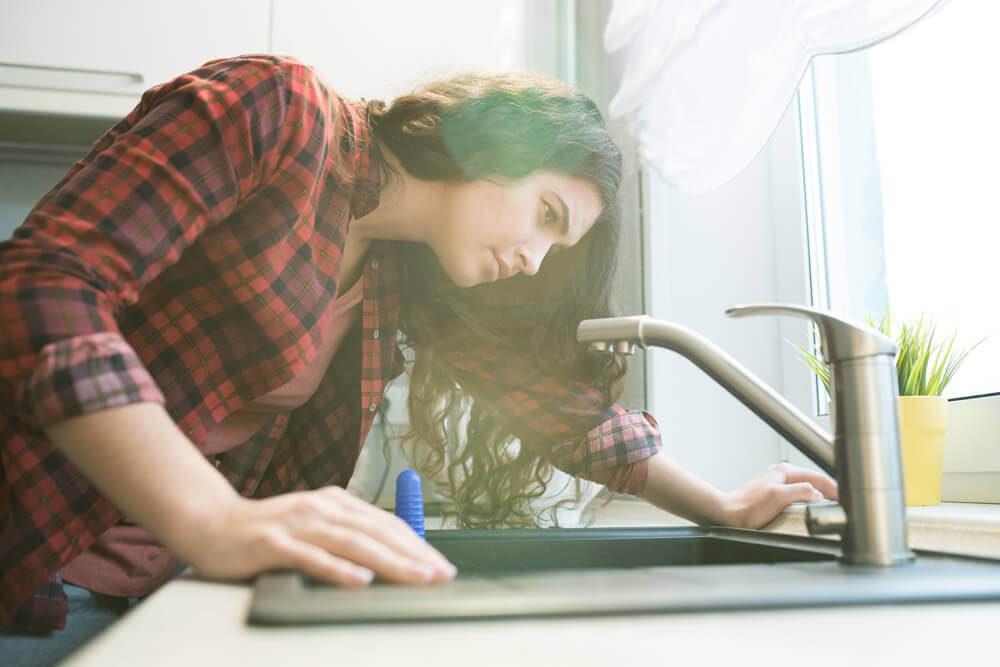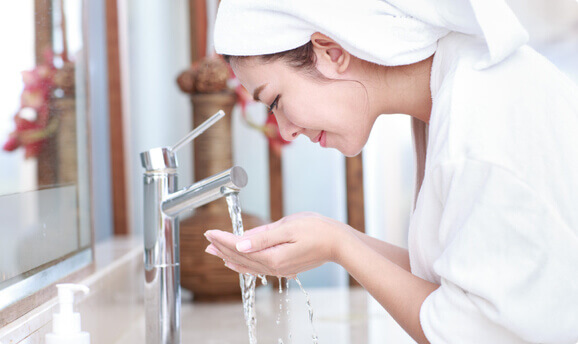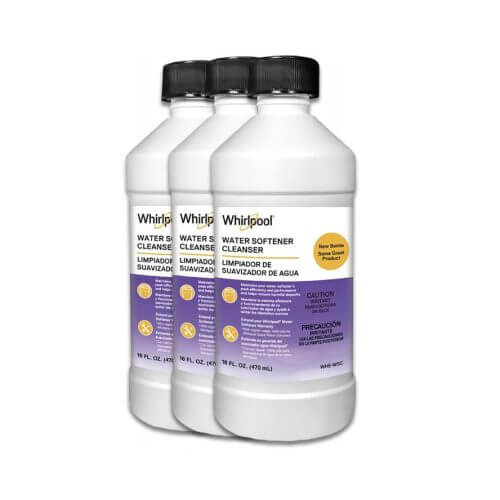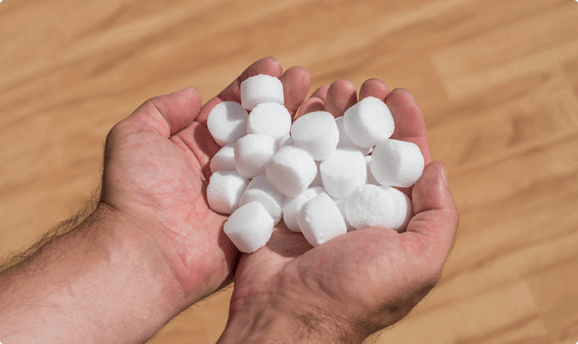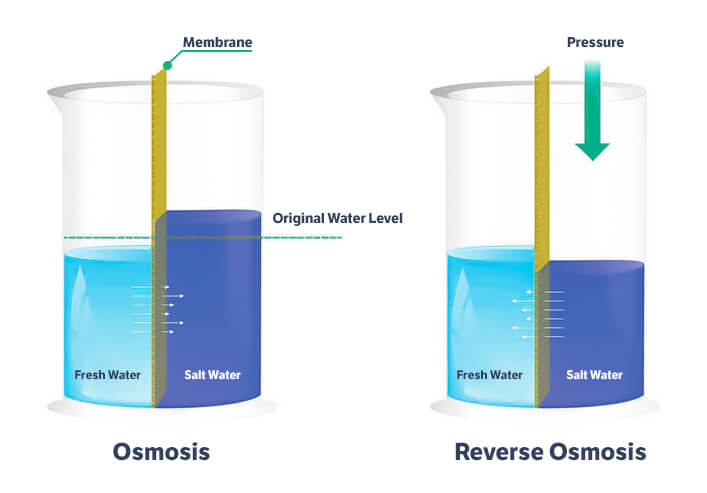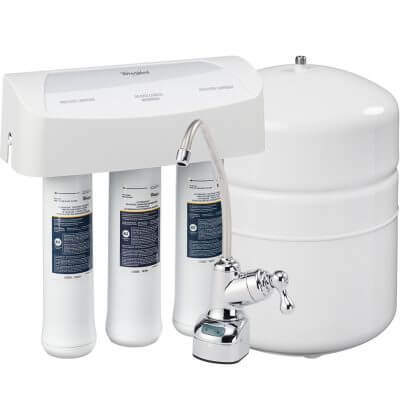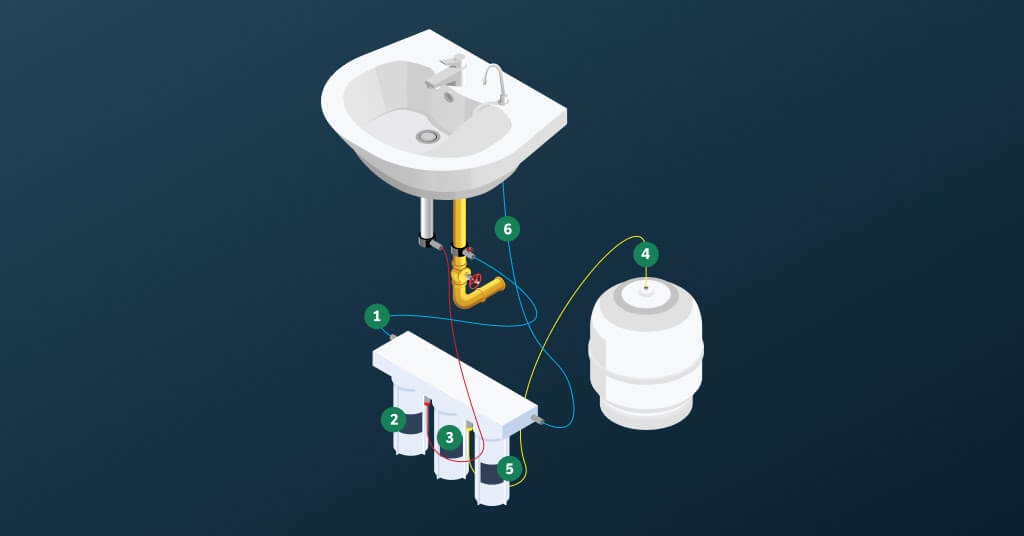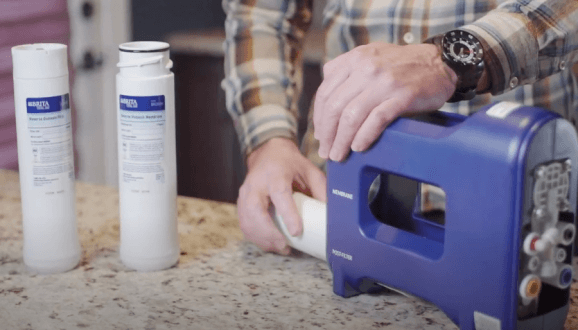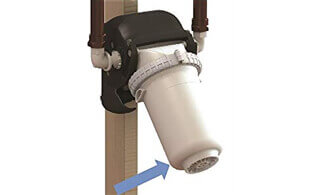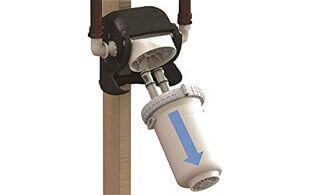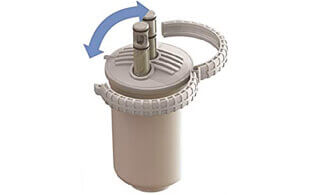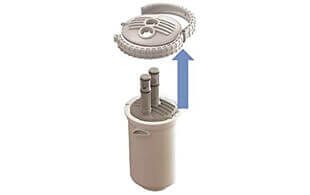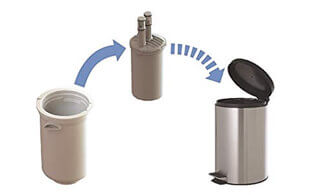The Complete Guide to Microplastics
Plastics can be found in a variety of shapes and sizes, and those that are less than 5 millimeters—or 0.2 inches—in length are what scientists and researchers call “microplastics.” Overall, there are two types of microplastics: primary and secondary. Primary microplastics are particles shed from textiles and clothing, tires, and a range of commercial products. Secondary microplastics are particles that come from larger plastic items, like plastic bags, and single-use water or soda bottles.
Despite being tiny, microplastics—like other plastics—can take centuries to decompose. While there is still a lot to learn about this emerging water contaminant, and its effects on health, there is already a lot of peer-reviewed scientific information providing facts about microplastics that are causing alarm.
A Closer Look at Microplastics in Water
When many people think of microplastics in water, they likely imagine a picture or video of the well-documented Great Pacific Garbage Patch, a swath of plastic and garbage floating in the Pacific Ocean that is twice the size of Texas. However, there’s an abundance of near-invisible microplastics contaminating freshwater sources, too. Wetlands, rivers and even the Great Lakes are impacted by this contaminant, challenging ecosystems, marine life, and other organisms that grapple with plastic ingestion.
How do microplastics get into drinking water?
It’s been estimated that more than 10 billion tons of plastic has been made throughout world history. Annually, more than 380 million tons of the stuff is manufactured. Unfortunately, it’s estimated that roughly 10 million tons per year ends up in Earth’s oceans. Much of that waste becomes secondary microplastics, which spread across the planet’s waterways—ending up in marine and bird populations, eventually finding their way into local water systems and municipalities.
With much of the focus on single-use plastics and our oceans, oddly enough textiles with synthetic fibers, like polyester, are the biggest source of microplastics contamination. Polyester is the most widely used clothing fiber in the world for its strength and affordability, and when you do your laundry, tiny fibers shed from these synthetic materials. During the washing cycle, these fibers are flushed away with dirty laundry water where they end up at your local waste treatment facility that typically doesn’t filter microplastics. During the drying cycle, these fibers are vented out of your home where they spread and can be ingested through the air—by you or an animal—or land back into a water source.
In addition to water sources, microplastics have also been found in beer, seafood, table salt, and food packaging. Imagine, every time you unwrap a burger from a fast food restaurant, tiny little plastic particles break off into your meal before you eat it. Later on, when your body eventually expels the plastic, it then enters your local sewage system or septic tank.
Are microplastics harmful to people?
There remains a lot to learn about microplastics. Still an emerging field of study, methods for collecting samples continue to be developed and tested among scientists, government agencies and other stakeholders. While the examination of microplastics is in its early stages, existing studies indicate microplastics ingested by people can cause negative health effects which include:
- Cell death
- Damage to cell walls
- Allergic response
Additional Facts About Microplastics
A research article from 2019 states Americans eat, drink and breathe in an average of more than 74,000 microplastic particles each year. Other estimates come in even higher. Why is this alarming? If you didn’t know already, the raw materials needed to make plastic come from oil and natural gas, which are poisonous. Further, it can take hundreds or even thousands of chemicals to alter the plastic into what’s needed for an application.
Microbeads, a type of primary microplastic, are tiny bits of polyethylene plastic that were used as exfoliants in health and beauty products like toothpaste until 2015, when the United States Congress amended the Federal Food, Drug and Cosmetic Act with passage of the Microbead-Free Waters Act of 2015. The act, signed into law by former U.S. President Barack Obama, prohibits the manufacturing and distribution of plastic microbeads in rinse-off cosmetic products. What’s also key in this legislation and its passage is that it has brought a lot of public awareness to the issue of microplastics contamination in water.
Are microplastics related to BPA and PFAS?
Bisphenol A, otherwise known as BPA, is an industrial chemical used for making a variety of plastics and resins. Since the 1950s, BPA has been found in epoxy resins and polycarbonate plastics, and it’s commonly found in microplastic samples analyzed by scientists.
According to the Mayo Clinic, exposure to BPA is concerning because of its possible health effects on the brain and prostate gland of fetuses and children. Research also links BPA to cardiovascular disease, increased blood pressure and even type 2 diabetes. If BPA concerns you, look for the “BPA-free” label on a variety of plastic products that are sold.
PFAS, or per- and polyfluoroalkyl substances, are man-made substances—like microplastics—that are very slow to degrade and are used in a variety of applications. PFAS use dates to the 1940s and they are commonly found as a contaminant in tap water. PFAS and microplastics have a lot in common with regard to industrial and consumer use, but they are not the same thing. Researchers are still determining how long it takes for microplastics and PFAS to break down and exit the body.
Reducing Microplastics in Drinking Water
While the experts determine the health effects of microplastics contamination in drinking water, you don’t have to stand by and wait for the results. There are NSF-certified filtration systems that will reduce microplastics from your drinking water. And since bottled water is frequently known to contain microplastics, it’s recommended you filter your tap water at home.
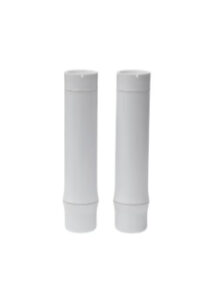
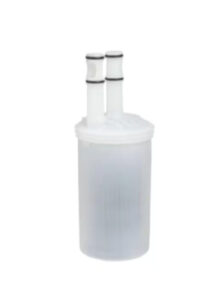
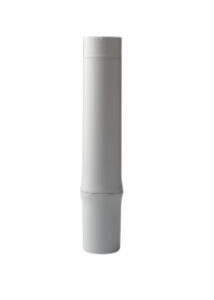
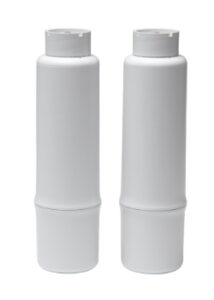
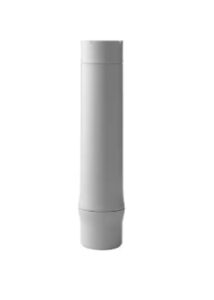
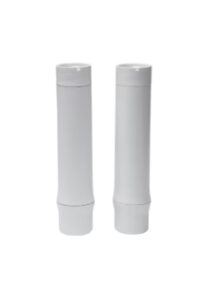
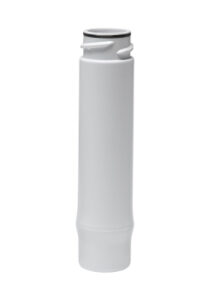
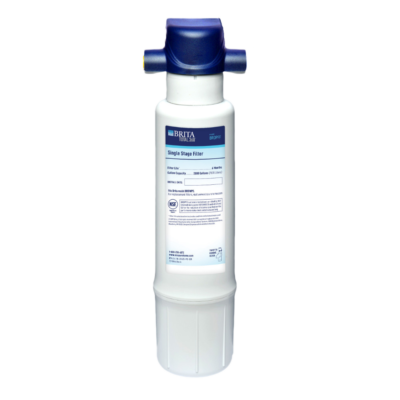
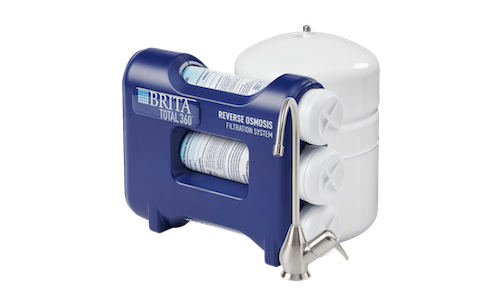
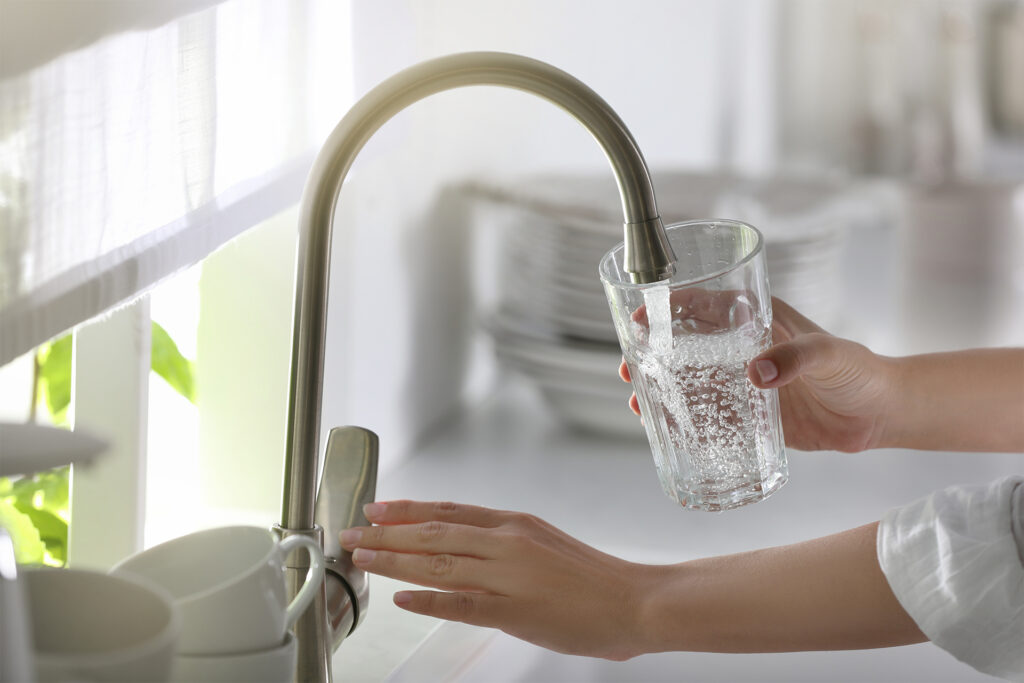
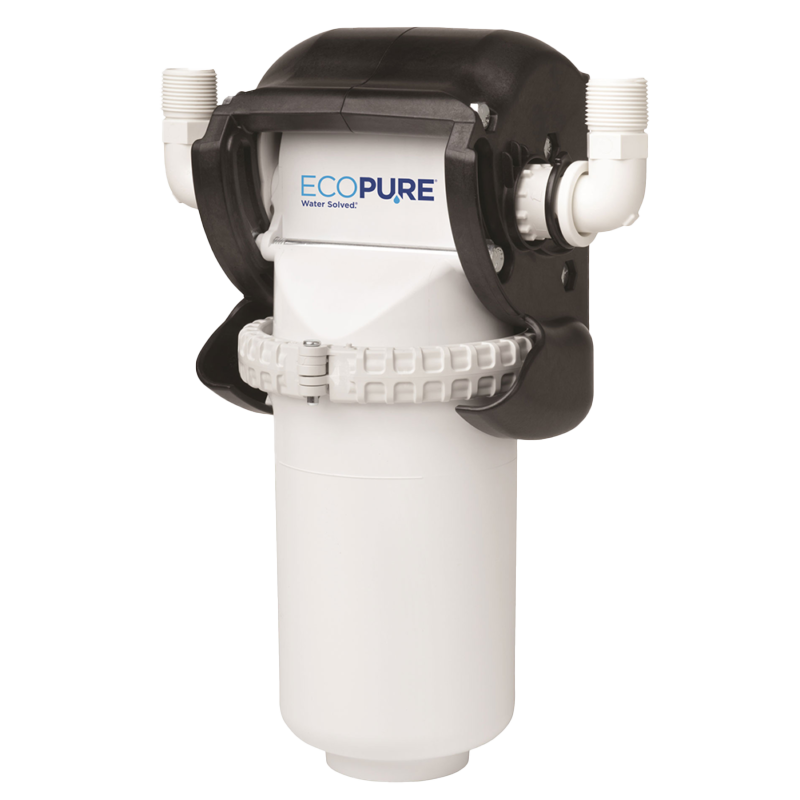
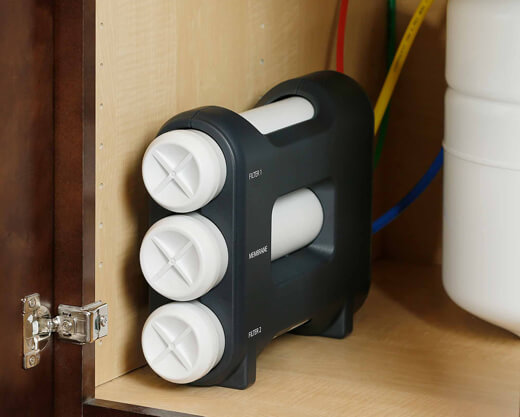
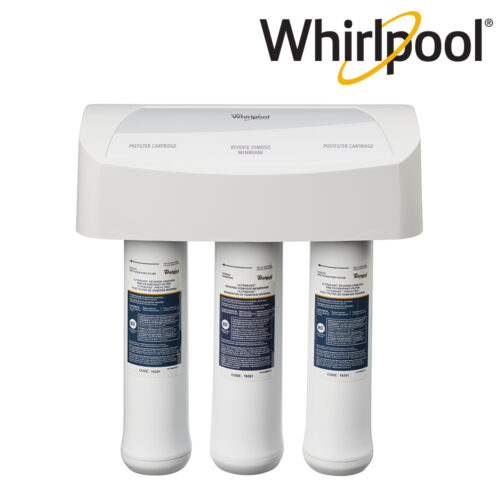
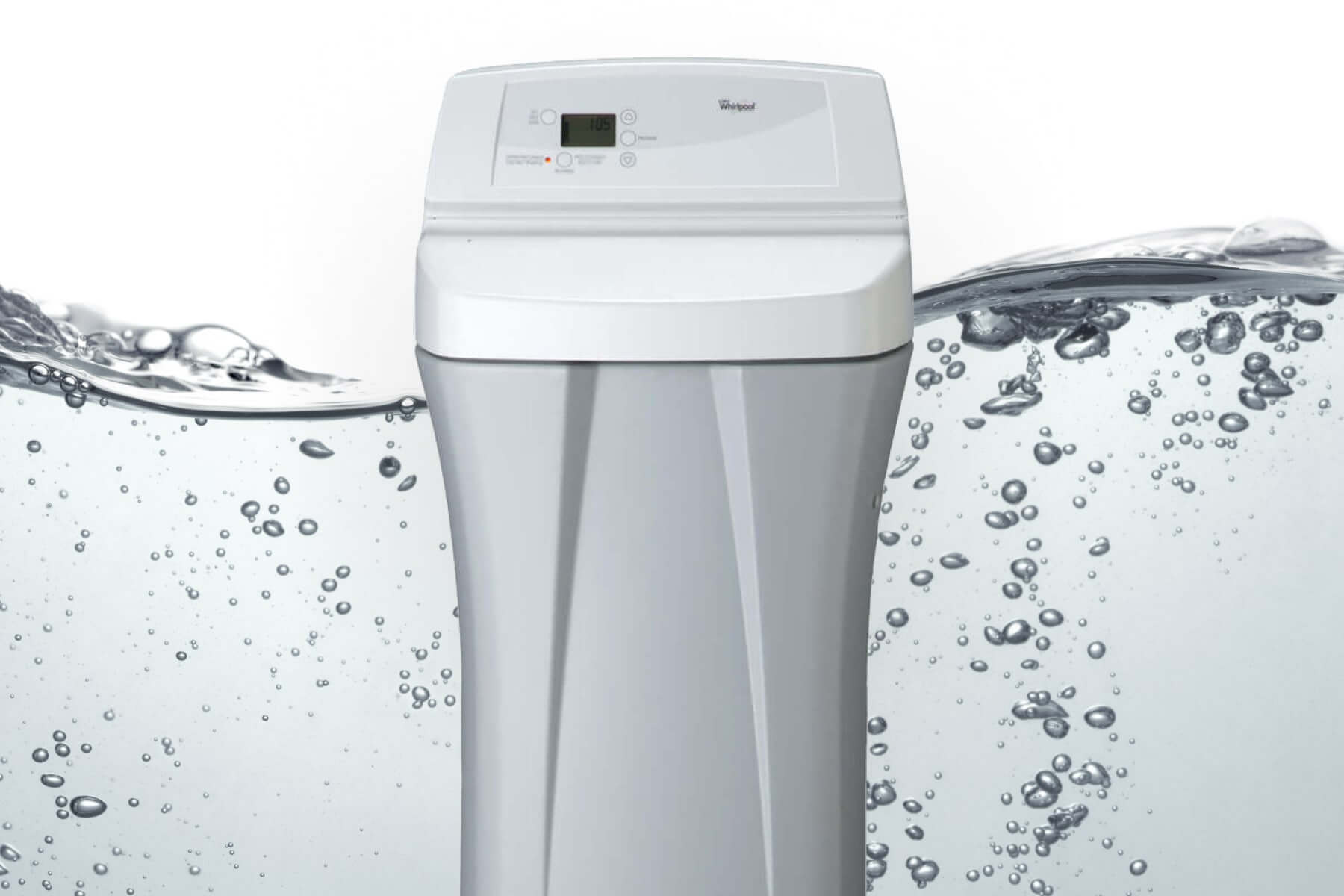
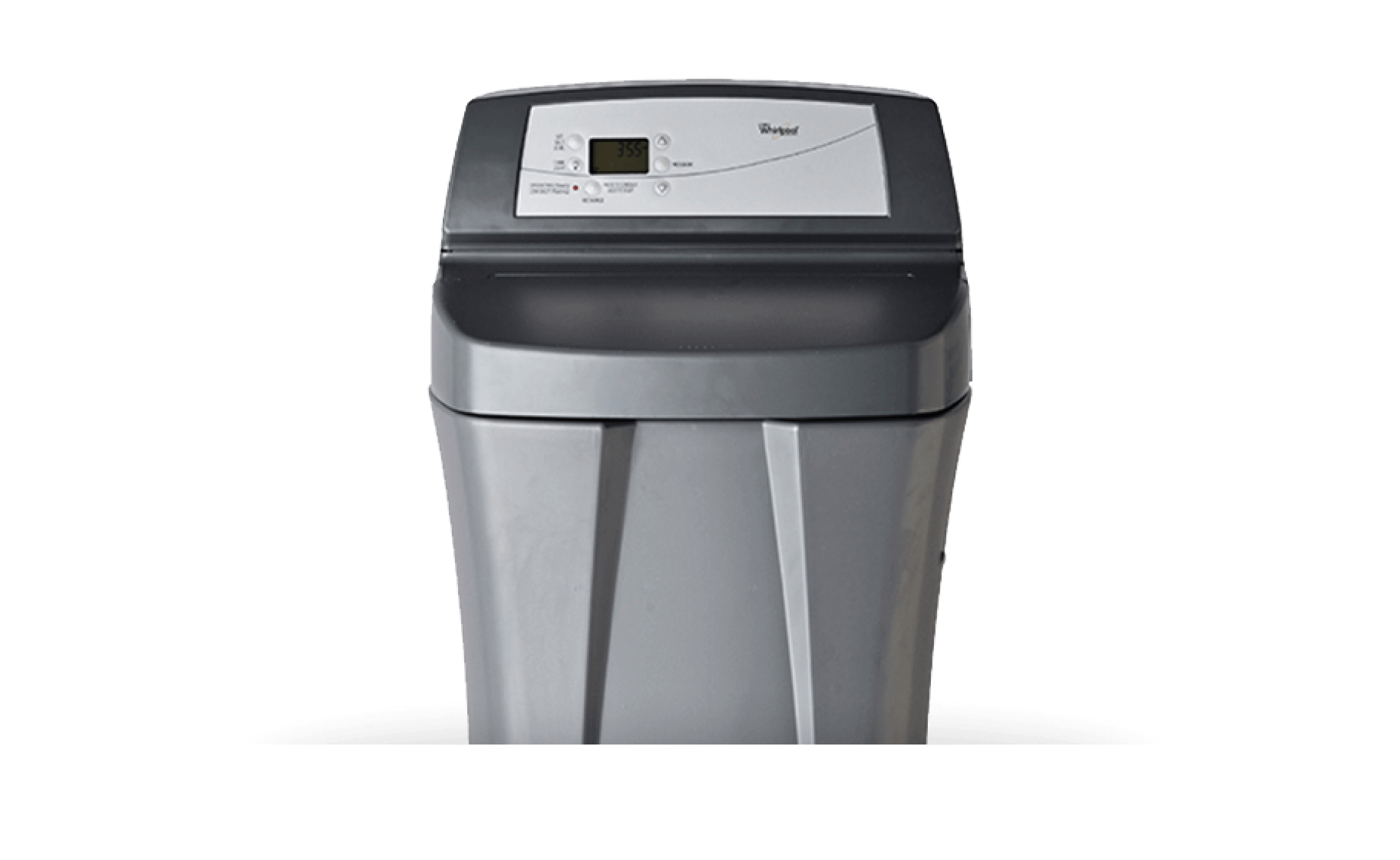
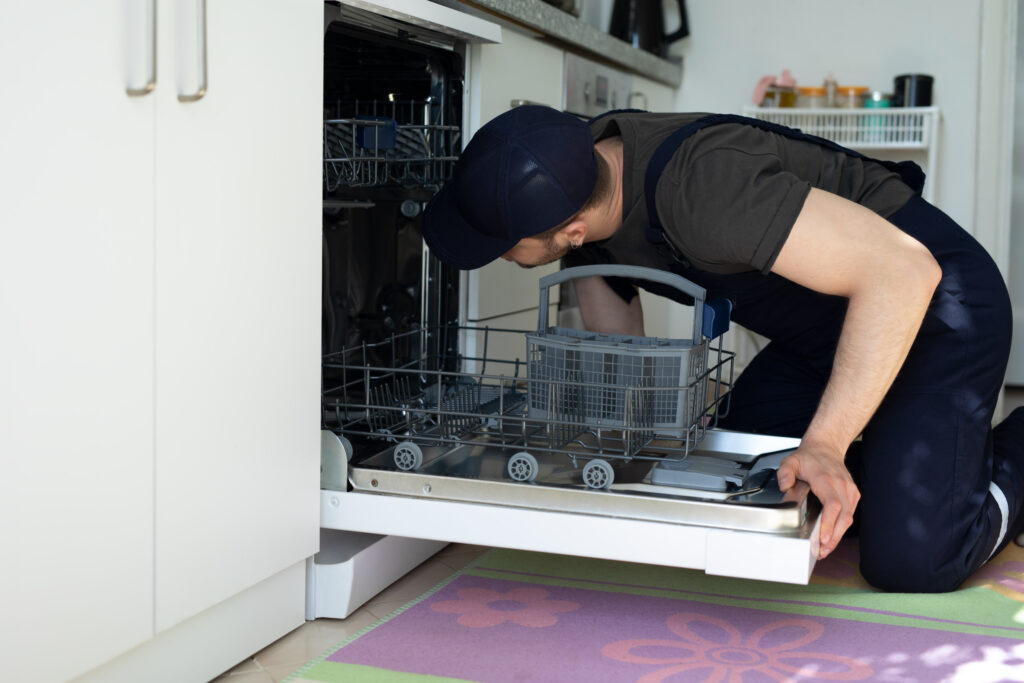 Want to know what hard water can do to home appliances that require water? Do a deep clean of your coffee maker and see the hard water stains and crust buildup in those hard-to-get areas. Then, imagine having similar buildup inside a larger water-using appliance—like your water heater or dishwasher.
Want to know what hard water can do to home appliances that require water? Do a deep clean of your coffee maker and see the hard water stains and crust buildup in those hard-to-get areas. Then, imagine having similar buildup inside a larger water-using appliance—like your water heater or dishwasher.

